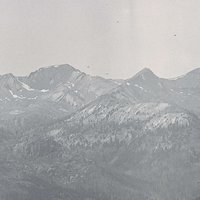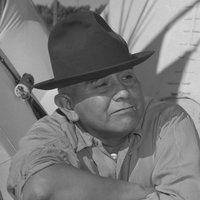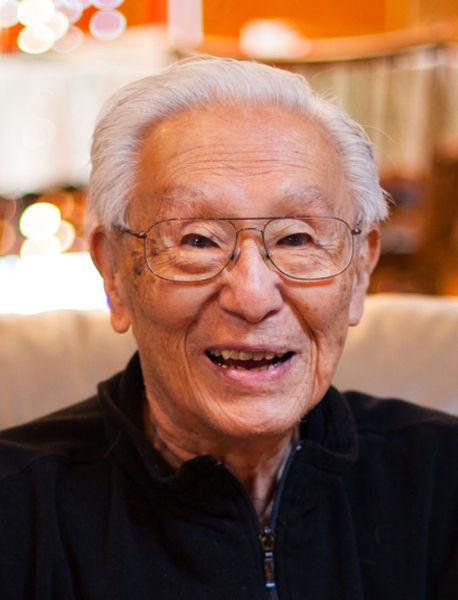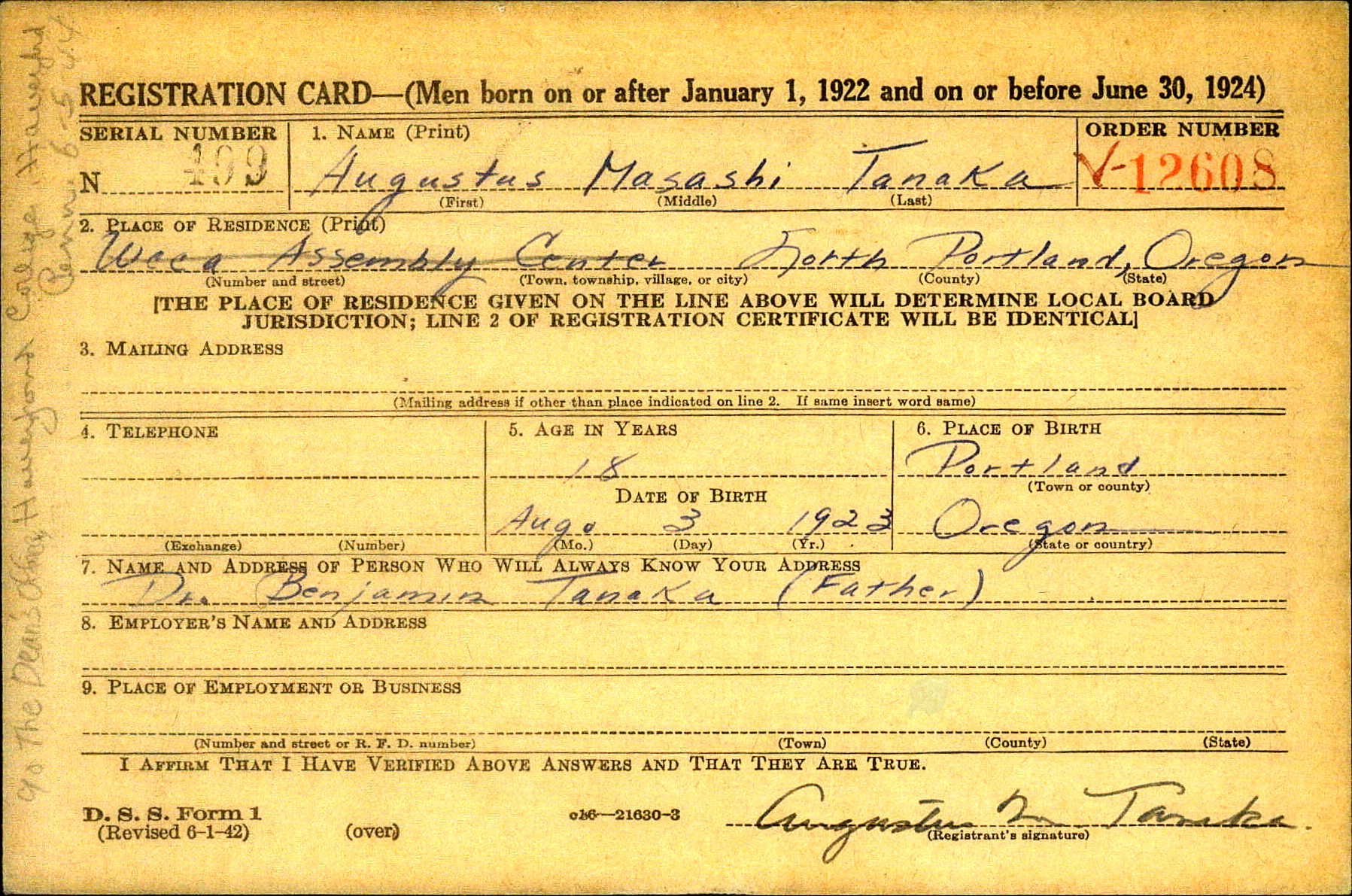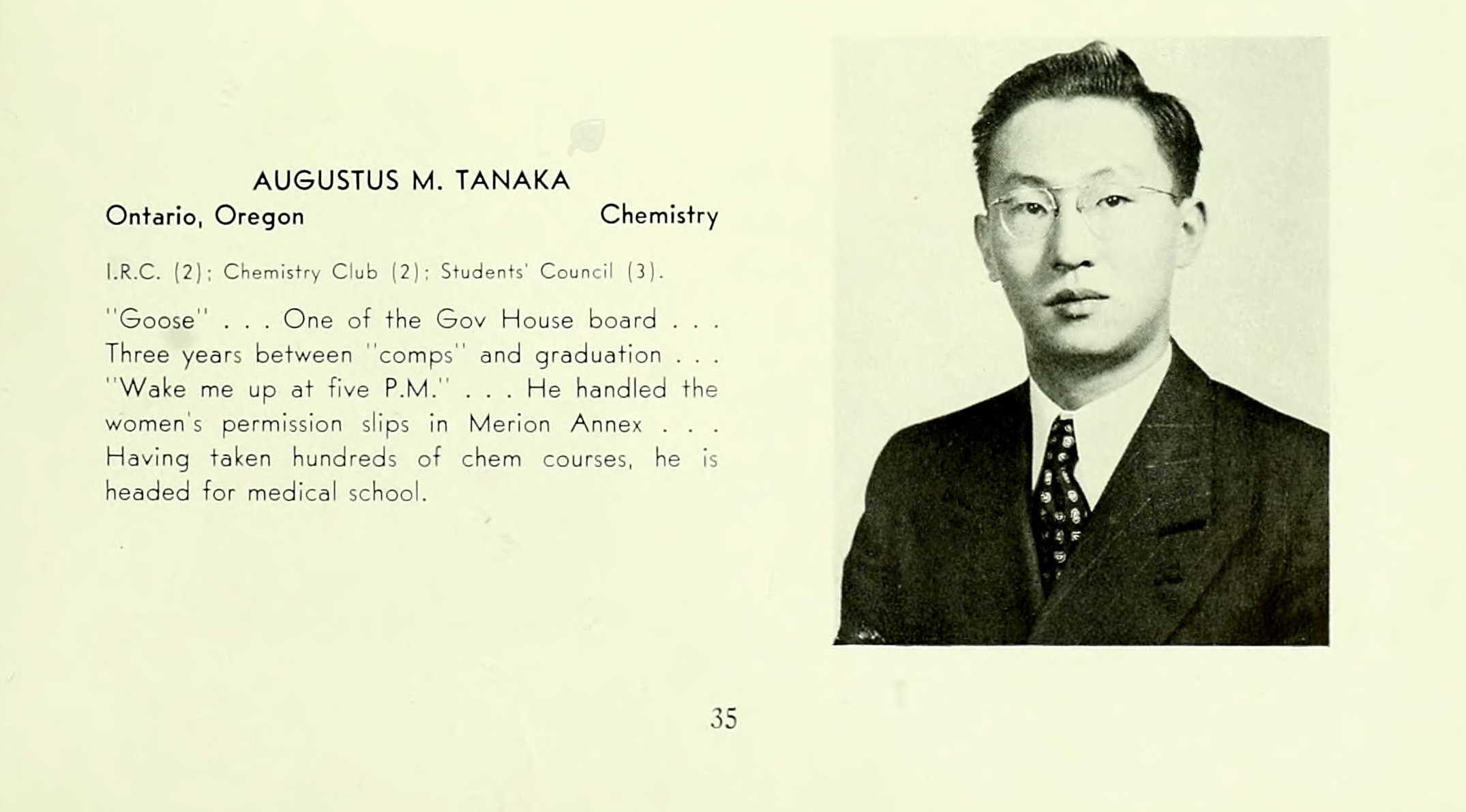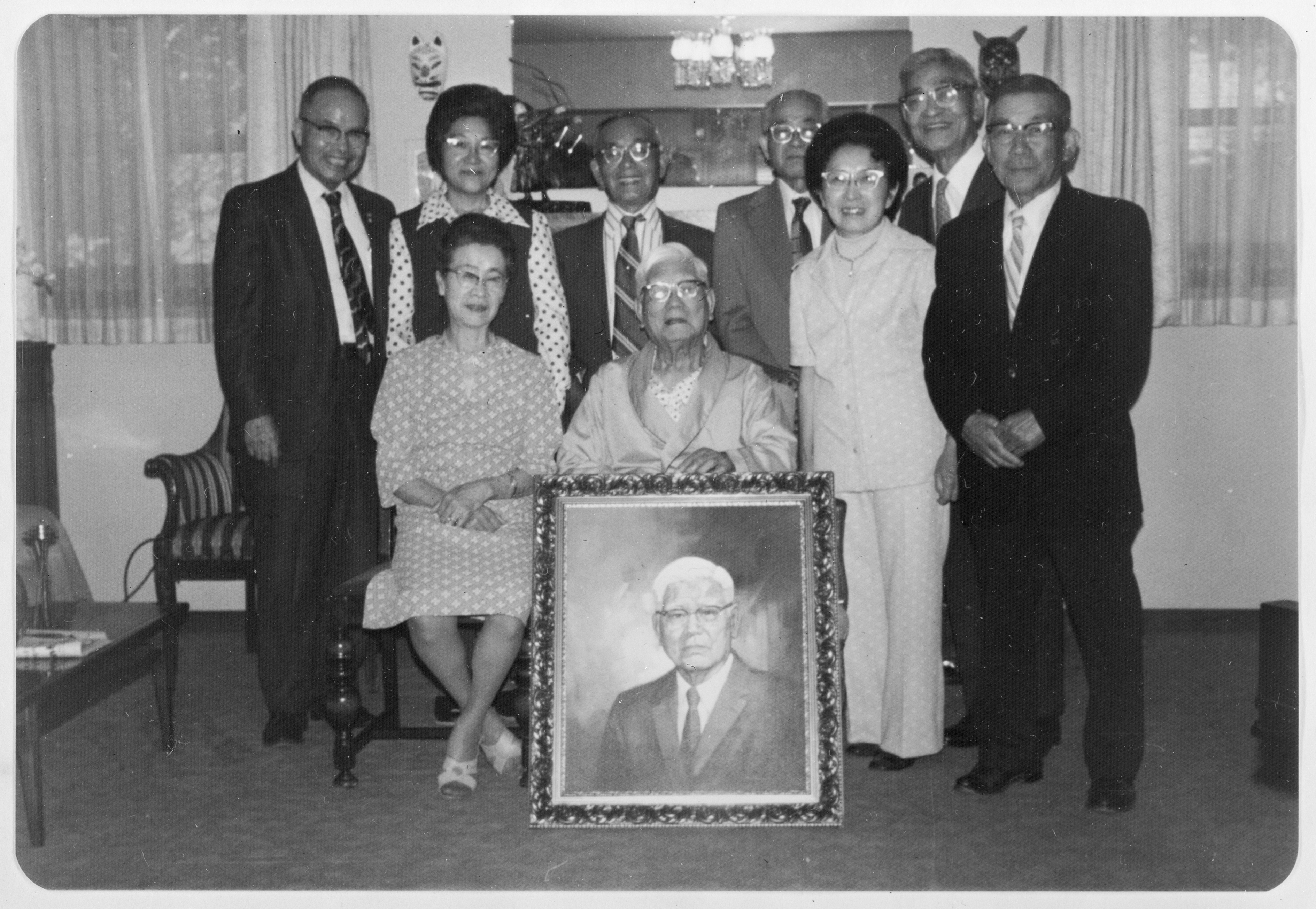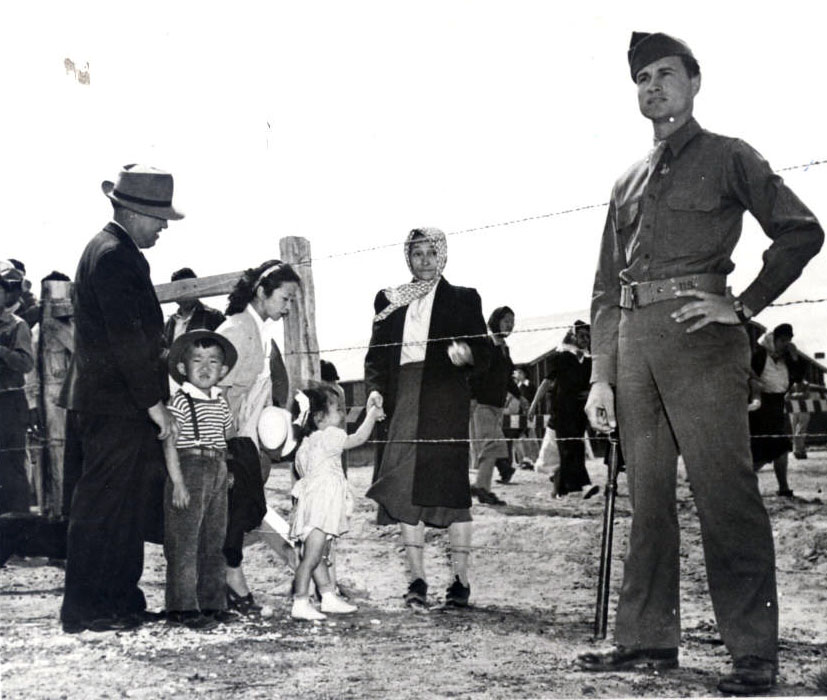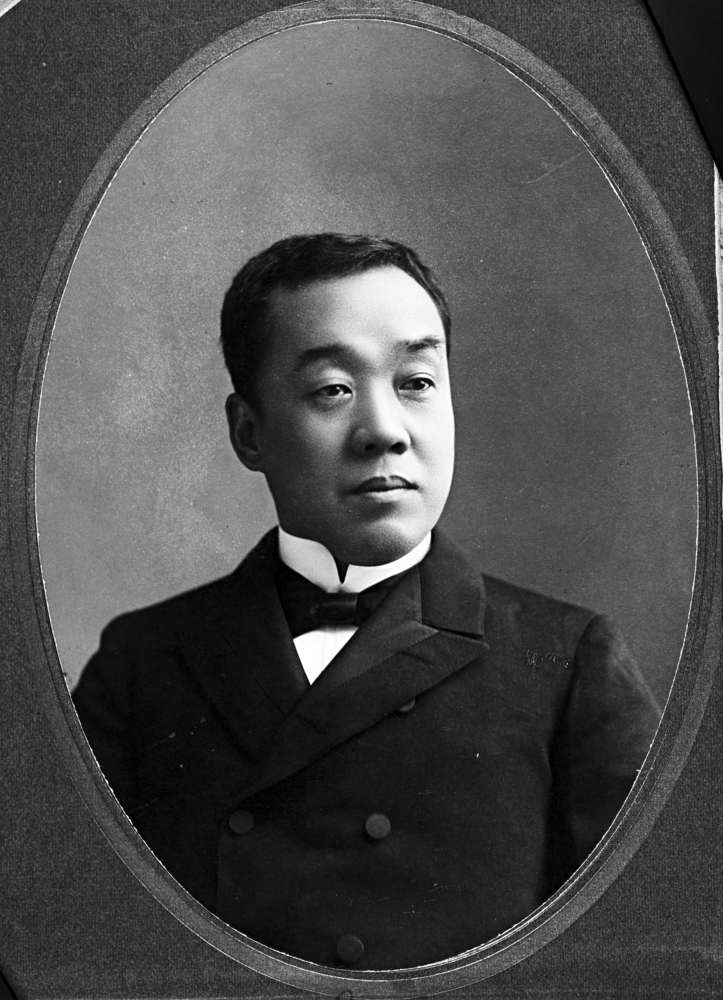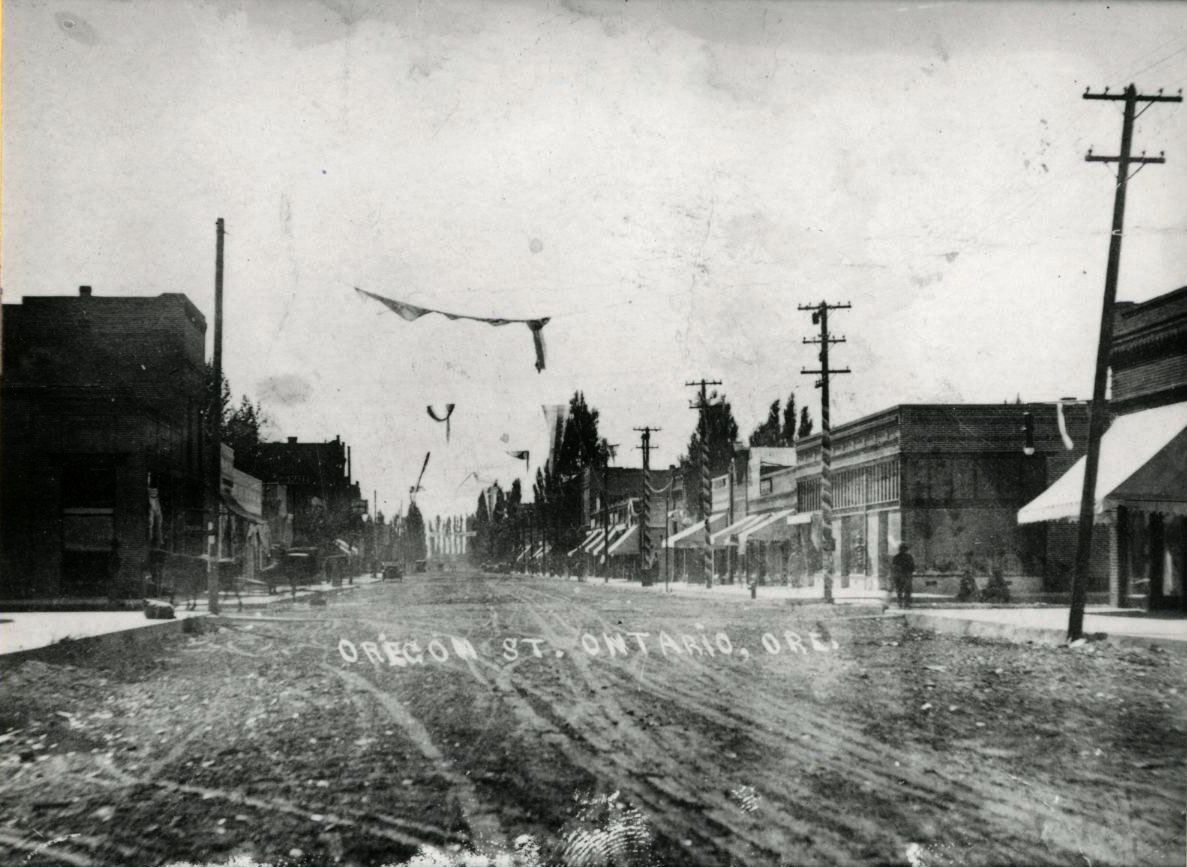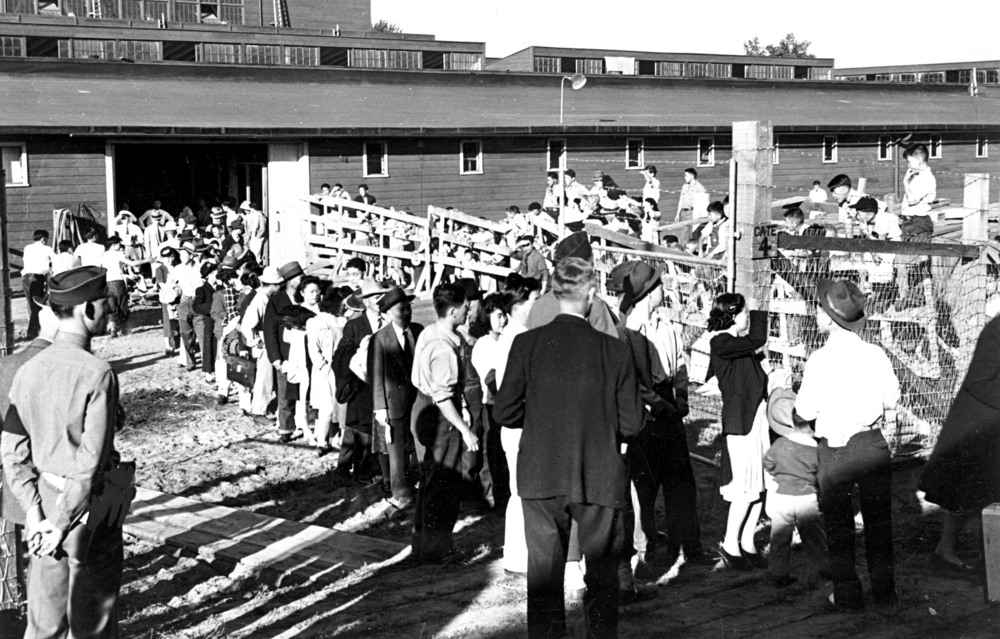The son of immigrant parents, Augustus Masashi Tanaka served in the U.S. military while his father was imprisoned during World War II. He practiced medicine for thirty-five years in Ontario, Oregon, and became the first minority elected as president of the Oregon Medical Association.
Tanaka was born in Portland on August 3, 1923, and Benjamin and Michiye Tanaka named their son “Gus” for his birth month and as a nod to Roman history. When they purchased their home in northeast Rose City Park in Portland, neighbors unsuccessfully tried to ban them. Neighborhood parents forbade their children from playing with Gus, who later described his first year of school as a “nightmare” because he could not speak or read English. By the third grade, he was an A student and he later became an honor student at Grant High School.
Tanaka was a freshman at Reed College when Japan attacked Pearl Harbor on December 7, 1941. Two FBI agents searched the family home and arrested his father, who was held at the Multnomah County Jail and eventually imprisoned in Montana, Oklahoma, and New Mexico during the war. Tanaka, his mother, and younger brother and sister joined other Japanese Americans when they were forcibly removed to a temporary detention center in Portland (formerly the Pacific International Livestock Exposition) and then to Minidoka, an American concentration camp near Twin Falls, Idaho.
During the fall of 1942, after Tanaka had spent a month at Minidoka, Arthur Scott, the acting president at Reed and Tanaka’s premed advisor, helped him transfer to Haverford, a Quaker college in Pennsylvania. When his draft status changed from “enemy alien” to I-A in 1944, the U.S. Army sent him to Camp Blanding, Florida, for basic training. Selected for the Army Specialized Training Program, Tanaka spent two years at the University of Minnesota, the only Japanese American training for key positions in the Army of Occupation. At the end of the war in August 1945, the army closed the program and shipped Tanaka to Japan. He was assigned to the 4th Infantry Regiment stationed at Osaka Business College, where he taught the history of war and reading.
After the war, Tanaka earned his bachelor of arts degree at Haverford and studied at the Long Island College of Medicine in Brooklyn before gaining a medical degree at the State University of New York. He married Teruko “Teddy” Wada, a nurse from Oregon, in 1953 and completed his surgical residency at Kings County Hospital in New York. In 1958, the couple and their three children moved to Ontario in eastern Oregon, where Tanaka and his father, a physician who found that post-war attitudes prevented his continued practice in Portland, opened Tanaka Clinic in January 1959.
Tanaka was president of the Oregon Medical Association from 1971 to 1972, and he served on the Oregon State Board of Medical Examiners from 1974 to 1982, including a year as chair. In 1993, the Oregon Foundation for Medical Excellence honored him as Outstanding Doctor, and in 1994 the Snake River Japanese American Citizens League named him Nisei of the Biennium. Tanaka retired in October 1993 after practicing medicine for thirty-five years. Tanaka died on December 14, 2015, at the age of ninety-two in Ontario.
-
![]()
Augustus M. Tanaka.
Courtesy Reed Magazine -
![]()
Augustus Tanaka's World War II draft card, June 1942.
Courtesy National Archives & Records Administration -
![]()
Augustus Tanaka's yearbook photo, Haverford College, PA, 1947..
Courtesy U.S., School Yearbooks 1900-1999, Haverford College
Related Entries
-
![Benjamin Tanaka (1887-1975)]()
Benjamin Tanaka (1887-1975)
Benjamin Tanaka was a prominent physician in Portland’s Japantown in th…
-
![Japanese American Wartime Incarceration in Oregon]()
Japanese American Wartime Incarceration in Oregon
Masuo Yasui, together with many members of Hood River’s Japanese commun…
-
![Japanese Americans in Oregon]()
Japanese Americans in Oregon
Immigrants from the West Resting in the shade of the Gresham Pioneer C…
-
![Ontario]()
Ontario
Ontario, the largest city in Malheur County, is on the Snake River near…
-
![Portland Temporary Detention Center (Portland Assembly Center)]()
Portland Temporary Detention Center (Portland Assembly Center)
From May 2 to September 10, 1942, an eleven-acre building on the south …
Related Historical Records
Map This on the Oregon History WayFinder
The Oregon History Wayfinder is an interactive map that identifies significant places, people, and events in Oregon history.
Further Reading
“On the Home Front.” Reed Magazine (Nov. 1999). http://www.reed.edu/reed_magazine/nov1999/a_homefront/8.html

